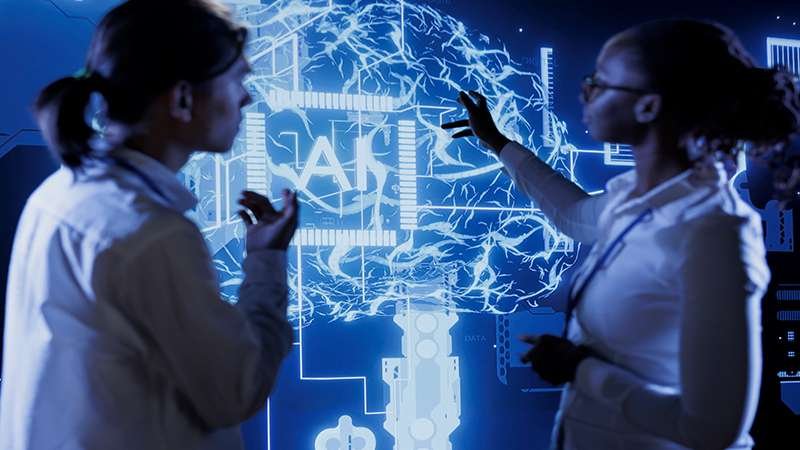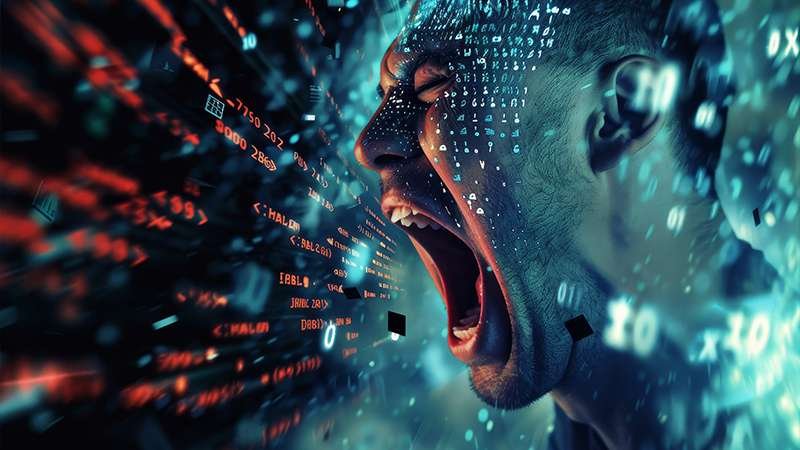Can AI Dangerous for Our Lives?
Introduction
Overview of Artificial Intelligence
Artificial Intelligence (AI) is a transformative technology that has reshaped various aspects of our lives, from healthcare to entertainment. By mimicking human intelligence, AI systems can perform tasks that typically require human cognition, such as learning, problem-solving, and decision-making.
Importance and Impact on Society
AI’s impact on society is profound and multifaceted. It offers immense benefits, such as increased efficiency, cost savings, and new opportunities in numerous fields. However, alongside these benefits, there are significant risks and dangers associated with AI that need to be carefully managed.
Understanding AI
Definitions and Core Concepts
AI refers to the creation of computer systems capable of carrying out tasks that typically necessitate human intelligence. These tasks encompass visual perception, speech recognition, decision-making, and language translation. Key concepts in AI include machine learning, deep learning, natural language processing, and neural networks.
Key Technologies Driving AI
- Machine Learning: A subset of AI that enables systems to learn from data and improve over time without being explicitly programmed.
- Deep Learning: Uses neural networks with many layers (deep networks) to analyze various types of data and make predictions.
- Natural Language Processing (NLP): Allows computers to understand and interact with human language.
- Neural Networks: Algorithms modeled after the human brain that are used in machine learning and deep learning.
Potential Dangers of AI
Autonomous Weapons
One of the most alarming potential dangers of AI is the development of autonomous weapons. These are military robots and drones that can operate without human intervention, making decisions to engage targets on their own. The ethical and moral implications of such technology are significant, raising concerns about accountability and control in warfare.
Job Displacement
AI has the potential to automate many jobs, leading to significant job displacement. While it can create new opportunities, many traditional roles may become obsolete, causing economic instability and requiring substantial reskilling of the workforce.
Privacy Invasion
AI technologies, especially those involved in data collection and surveillance, pose a threat to personal privacy. AI can analyze vast amounts of data to profile individuals, potentially leading to invasive and unauthorized uses of personal information.
AI Bias and Discrimination
AI systems have the potential to reinforce and even amplify current biases and discriminatory practices. If the data used to train AI systems is biased, the AI can make unfair decisions, affecting areas such as hiring, law enforcement, and lending practices.
Lack of Accountability
As AI systems become more autonomous, assigning accountability becomes increasingly challenging. When an AI system makes a decision that leads to harm, it can be difficult to determine who is responsible—the developers, the users, or the system itself.
Economic Inequality
AI can widen the gap between different economic groups. Companies that can afford to invest in AI will likely benefit the most, potentially increasing economic disparities and creating a greater divide between rich and poor.
Ethical and Social Concerns
Ethical Considerations in AI Development
Developing AI ethically involves ensuring that AI systems are designed and used in ways that align with human values and ethical principles. This includes considerations of fairness, accountability, transparency, and respect for human rights.
AI and Human Rights
AI technologies must respect human rights and freedoms. This includes ensuring that AI does not infringe on privacy, freedom of expression, and other fundamental rights.
Social Impacts of AI
AI’s social impacts are far-reaching. It affects how we interact, work, and live. The integration of AI into society must be managed to ensure it benefits everyone and does not lead to societal harm.
Case Studies
Notable Incidents of AI Failures
There have been several high-profile incidents where AI systems have failed or caused harm. These include self-driving car accidents, biased hiring algorithms, and flawed predictive policing systems. Analyzing these failures helps us understand the risks and improve AI systems.
Real-World Examples of AI Misuse
AI has been misused in various contexts, from deepfakes used to spread misinformation to AI-driven surveillance systems used to monitor and control populations. These examples highlight the need for robust regulations and ethical guidelines.
Read More: How Artificial Intelligence Revolutionizing The World
Mitigating AI Risks
Implementing Ethical AI
Developing and implementing ethical AI involves creating guidelines and standards that ensure AI systems are used responsibly. This includes transparency in AI decision-making processes, fairness in outcomes, and accountability for AI actions.
Regulatory Frameworks
Governments and international bodies must establish regulatory frameworks to govern AI development and deployment. These regulations should address safety, privacy, and ethical considerations to protect individuals and society.
AI Transparency and Accountability
Ensuring AI transparency means making AI systems understandable and explainable. Users and stakeholders should know how AI decisions are made. Accountability mechanisms must be in place to address harms caused by AI systems.
AI Benefits vs AI Dangerous

Balancing Innovation with Safety
While AI offers significant benefits, balancing innovation with safety is crucial. This means promoting technological advancement while implementing measures to mitigate potential risks.
The Role of Global Collaboration
Global collaboration is essential in addressing the challenges posed by AI. Countries and organizations must work together to create and enforce standards that ensure the safe and ethical use of AI technologies.
Future Prospects
Predictions for AI Safety
The future of AI safety involves developing more robust, transparent, and accountable AI systems. Continuous monitoring, research, and collaboration will be crucial in ensuring AI technologies are safe and beneficial.
Emerging Technologies to Mitigate Risks
Emerging technologies, such as explainable AI and AI ethics tools, are being developed to address the risks associated with AI. These technologies aim to make AI systems more transparent, fair, and accountable.
Conclusion
Recap of Key Points
AI is a formidable technology with the capability to revolutionize our world. However, it also poses significant risks and dangers that must be managed responsibly. By understanding these risks and implementing robust ethical guidelines and regulations, we can harness AI’s benefits while mitigating its dangers.
Call to Action for Responsible AI
As AI continues to evolve, it is crucial for developers, policymakers, and society as a whole to engage in responsible AI practices. This involves continuous learning, ethical development, and global collaboration to ensure AI serves humanity positively.
FAQ’s
1. What are the main dangers of AI?
The main dangers of AI include autonomous weapons, job displacement, privacy invasion, AI bias and discrimination, lack of accountability, and economic inequality.
2. How can we mitigate the risks of AI?
We can mitigate the risks of AI by implementing ethical AI guidelines, establishing regulatory frameworks, ensuring AI transparency and accountability, and promoting global collaboration.
3. Is AI inherently dangerous?
AI is not inherently dangerous, but its misuse or unintended consequences can pose significant risks. Responsible development and use of AI are crucial to prevent harm.
4. What are the benefits of AI despite its dangers?
Despite its dangers, AI offers numerous benefits, such as improved efficiency, cost savings, and advancements in healthcare, education, and various other fields.
5. How can individuals contribute to safe AI development?
Individuals can contribute to safe AI development by staying informed about AI technologies, advocating for ethical AI practices, participating in discussions about AI’s impact, and supporting policies that promote responsible AI use.

3 responses to “Can AI Dangerous for Our Lives?”
Thanks for sharing. I read many of your blog posts, cool, your blog is very good.
Your article helped me a lot, is there any more related content? Thanks!
Thanks for sharing. I read many of your blog posts, cool, your blog is very good.